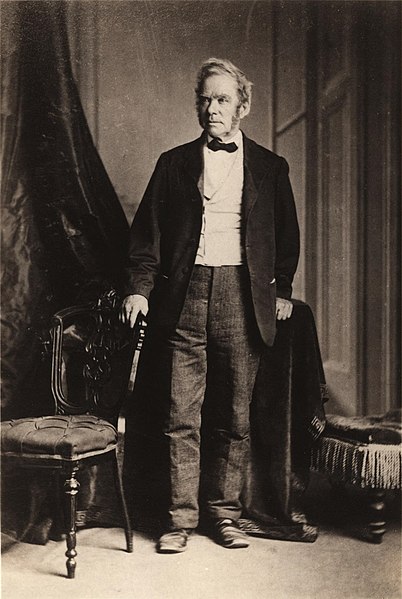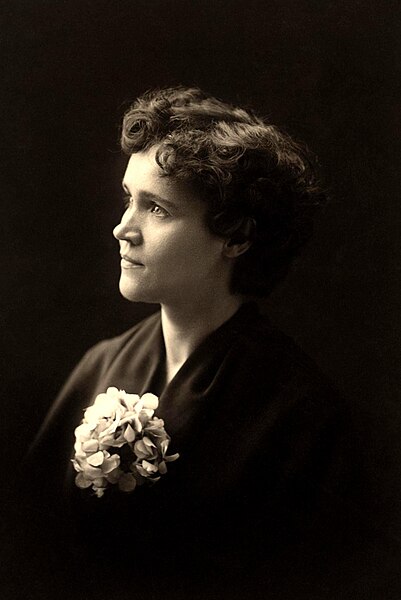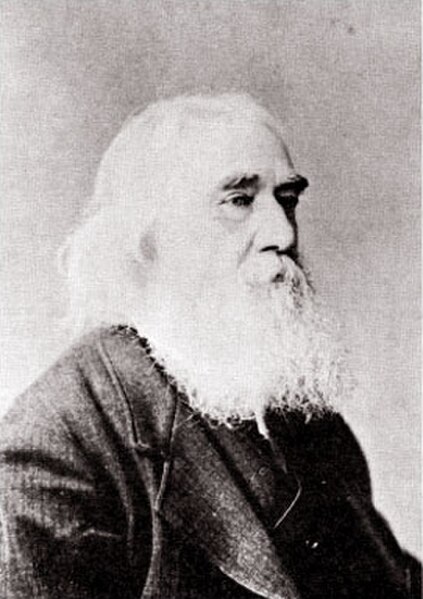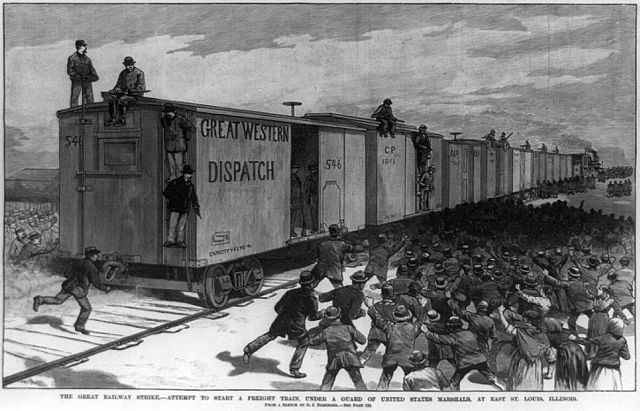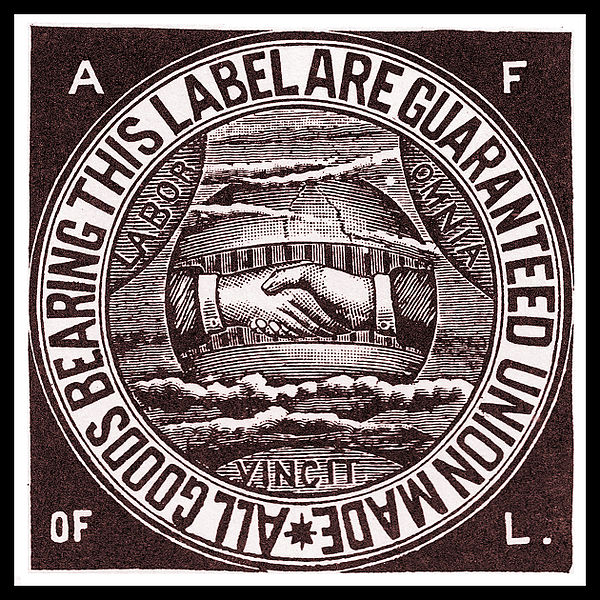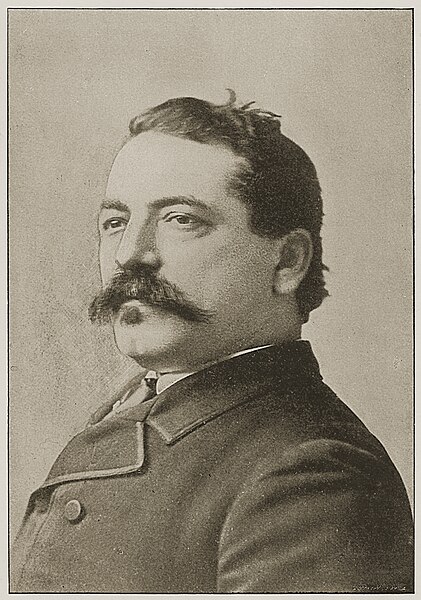Anarchism in the United States
Anarchism in the United States began in the mid-19th century and started to grow in influence as it entered the American labor movements, growing an anarcho-communist current as well as gaining notoriety for violent propaganda of the deed and campaigning for diverse social reforms in the early 20th century. By around the start of the 20th century, the heyday of individualist anarchism had passed and anarcho-communism and other social anarchist currents emerged as the dominant anarchist tendency.
Josiah Warren, American individualist anarchist, inventor, musician, and author.
Stephen Pearl Andrews
Voltairine de Cleyre, early American anarcha-feminist and freethought activist and writer
Lysander Spooner
Labor history of the United States
The nature and power of organized labor in the United States is the outcome of historical tensions among counter-acting forces involving workplace rights, wages, working hours, political expression, labor laws, and other working conditions. Organized unions and their umbrella labor federations such as the AFL–CIO and citywide federations have competed, evolved, merged, and split against a backdrop of changing values and priorities, and periodic federal government intervention.
The Great Southwest Railroad Strike of 1886 was a trade union strike involving more than 200,000 workers.
The American Federation of Labor union label, c. 1900
Samuel Gompers in 1894; he was the AFL leader 1886–1924.
New York City shirtwaist workers on strike, taking a lunch break

